Damyang (Damyang-gun) is a county in South Korea´s Jeollanam-do province. It is south of Jeonju, and just north of Gwangju, respectively. Damyang South Korea, is known for its stunning natural beauty and challenging hiking trails.
Tourism is a major industry for the locals in Damyang, Korea. However, mention the region to anyone internationally, and chances are, they have never heard of it!
Creating artisanal products and handicrafts from bamboo is a centuries-old tradition in Damyang. This art used to be big business. However, sadly, it is a dying trade.
There are a few remnants of this industry in the region today. A few tradesmen remain and it is possible to visit their workshops and observe their traditional methods of creating bamboo items. Similarly, there is a museum dedicated to the art of bamboo. The most interesting of all is the gorgeous Damyang bamboo forest.
Things to do in Damyang, South Korea
There are plenty of things to do in Damyang, aside from discovering the famous Damyang bamboo trade! This is a great place to escape the hustle and bustle of Korean cities and get back to nature. Damyang is a worthy addition to any Korea itinerary if your schedule permits.
Visit Juknokwon Bamboo Forest (죽녹원)
Damyang´s Juknokwon Bamboo Forest is the largest of its kind in South Korea. It covers a distance of 2.4km and is a pleasant place to walk and explore.
This is the main draw of visiting Damyang, South Korea, for many people. Many Koreans venture here for a day on account of how photogenic and Instagrammable the forest is.
Historically, local craftsmen sourced their raw materials here. That still happens to an extent, but Damyang bamboo forest is mostly a tourist attraction today.
There is a small museum situated within the forest that tells the story of the trade. They also sell an array of drinks and snacks. Most notably, you can try bamboo ice cream here!
The footpaths that twist and turn through the forests all follow different, fun themes. For instance, there is the philosopher´s path, where you can walk and thoughtfully reflect on your life.
Alternatively, tread along the Scholar’s Road. Supposedly, if a student preparing for their exams wanders along this path, they will experience academic success!
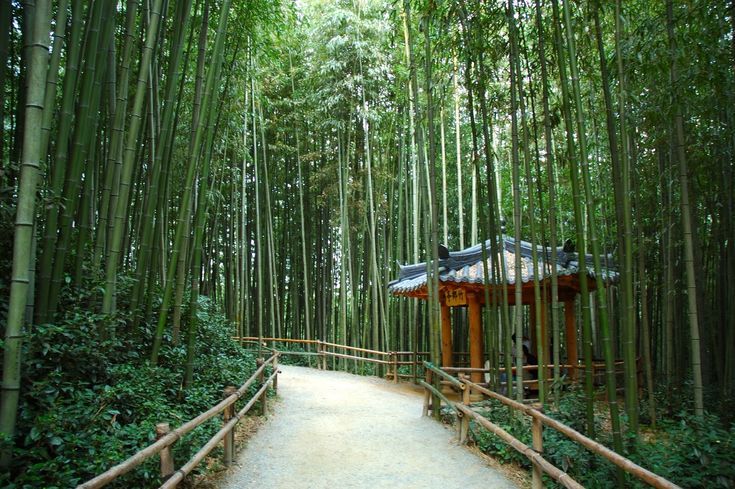
Stop by Changpyeong Samjinae Village (담양 창평 삼지내마을)
Changpyeong Samjinae village was the first place in Asia to embrace the slow city, or cittaslow, movement. The movement, founded in Italy in 1999, focuses on improving the quality of life by slowing down and moving at a calmer pace.
To call Changpyeong a city isn’t correct. This is an old-fashioned Korean village that seemingly transports you back in time. Expect dusty roads, quaint Hanok-style stone houses, and cute tea rooms.
You can participate in many Korean traditional experiences here. For instance, there are tea ceremonies, cooking classes, and artisanal workshops.
Participate in a Temple Stay
The Korean temple stay program is a wonderful cultural initiative that aims to teach foreigners about South Korean Buddhist culture. You don’t have to be religious to participate.
Several temples in the Damyang region participate in the program. There are different itineraries available. You can either opt to participate in a program whereby you shadow resident monks for a day or two or choose a relaxation retreat.
Hike through Gwanbangjerim Forest (관방제림)
Gwanbangjerim Forest sits adjacent to the Damyang Bamboo Forest. Sure, it isn’t a forest of bamboo, so it isn’t quite as unique. But it is a stunning collection of zelkova trees, nettle trees, muku trees, and cherry trees that are 200–300 years old.
The forest is man-made. It was built to prevent flooding over the Damyangcheon Stream.
Today, Gwanbangjerim Forest is considered to be one of the most beautiful forests/woodland areas in all of Korea! The forest entrance is filled with food stalls where you can tuck into beloved Korean street food delicacies such as jeon and tteokbokki.
Gwanbangjerim sits adjacent to the Damyang Cheon stream, so, there are areas here where you can rent paddle boats and sail into the water. This is a popular activity among young Korean couples who visit the area for a romantic weekend break.
You can also rent bicycles here. If you prefer not to explore on foot, you can cycle through the forest paths, the nearby Metasequoia path, or even Meta Province.
Entrance to Gwanbangjerim. You can explore all of its paths in less than an hour.
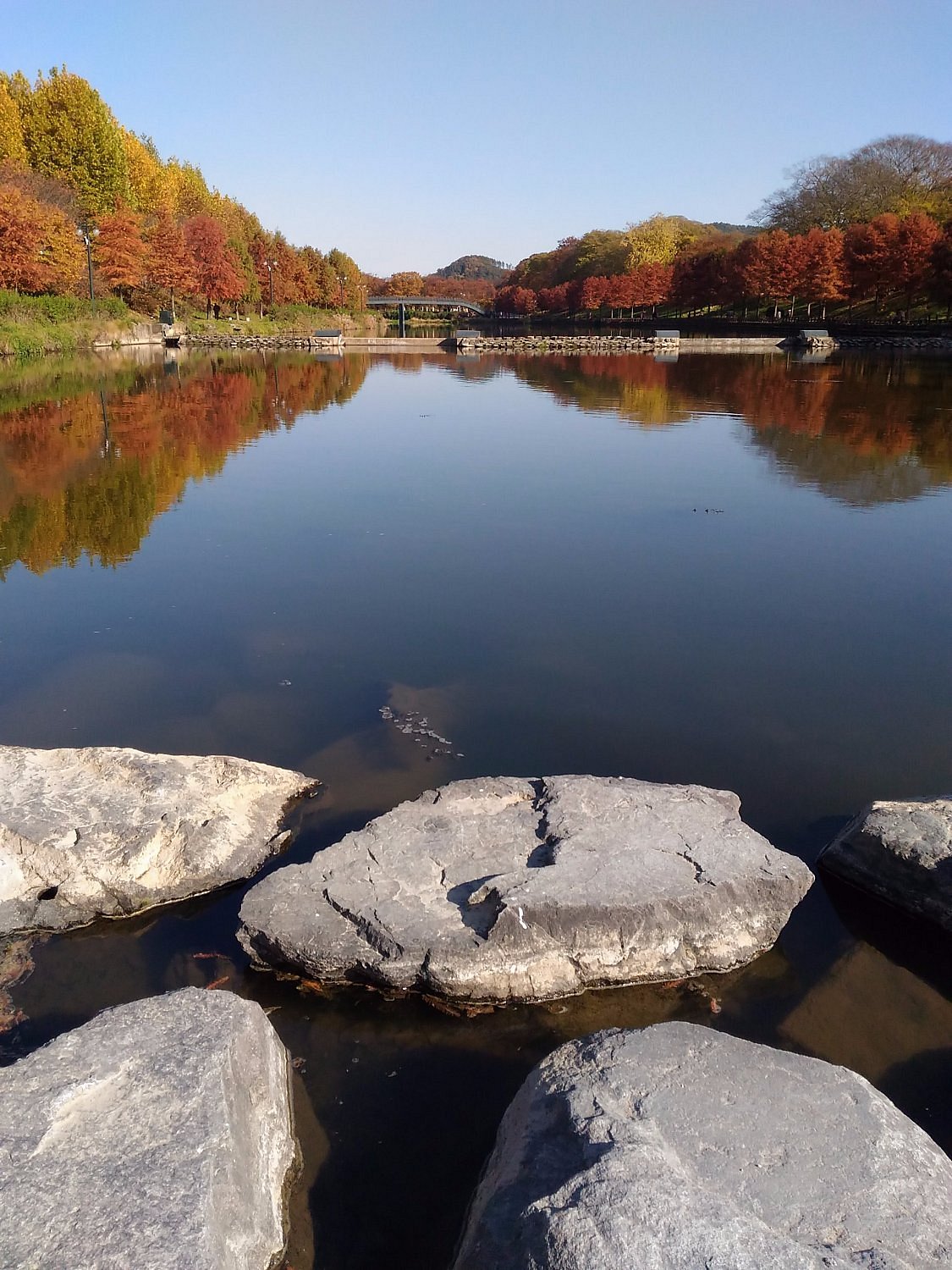
Stroll down Metasequoia path
Metasequoia Path is an extension of Gwanbangjerim. It is simply a path that is lined with sprawling, leafy Metasequoias. The trees were planted in the 1970s.
This boulevard (담양 메타세쿼이아길) stretches over 8.5km. The Korea Forest Service identified the road as being one of the most beautiful in Korea.
Visit the Geumjeongsanseong Fortress (담양 금성산성)
The Geumjeongsanseong Fortress is a little awkward to get to without your transport. However, if you are exploring Damyang, South Korea by car, it is a worthy stopping point.
The fortress can be found on the slopes of Geumjeongsan Mountain. Nobody is entirely sure of the exact year that the fortress was built. However, it is believed to date back to around 57 BC–676 AD.
You can trek along the fortresses’ exterior walls as they weave through the mountainous landscapes of Damyang. Although the ruins themselves are interesting, the main draw here is the landscape and panoramic views across central Korea.
Stop by Meta Province
Meta Province is a somewhat peculiar abandoned resort town close to Damyang, South Korea. If you have spent much time in Korea, you will have become accustomed to seeing these types of themed artificial/resort villages.
Meta Province could be compared to Little France in Gapyeong. The only difference being, this area has been abandoned.
In some ways, that makes Meta province more interesting. It is something of a Korean resort Chernobyl if you like!
Damyang, South Korea Restaurants
There are several excellent restaurants in Damyang, South Korea. Korean food is flavourful and filling.
Try Damyang specialty noodles at 진우네집국수
Each region of Korea has its specialty dish. In Damyang, it’s noodles! Virtually every other building in Damyang center is a noodle shop.
However not all noodles are created equal and there are certainly those places that are most beloved by locals. For the best noodles in town, head to Jinu Ne House Noodles 진우네집국수.
Jinu Ne can be found at 211-34 Gaeksa-ri, Damyang-eup, Damyang-gun. There is a diverse range of noodle dishes available on their menu. Particular local favorites are spicy noodles, or noodles cooked in anchovy soup.
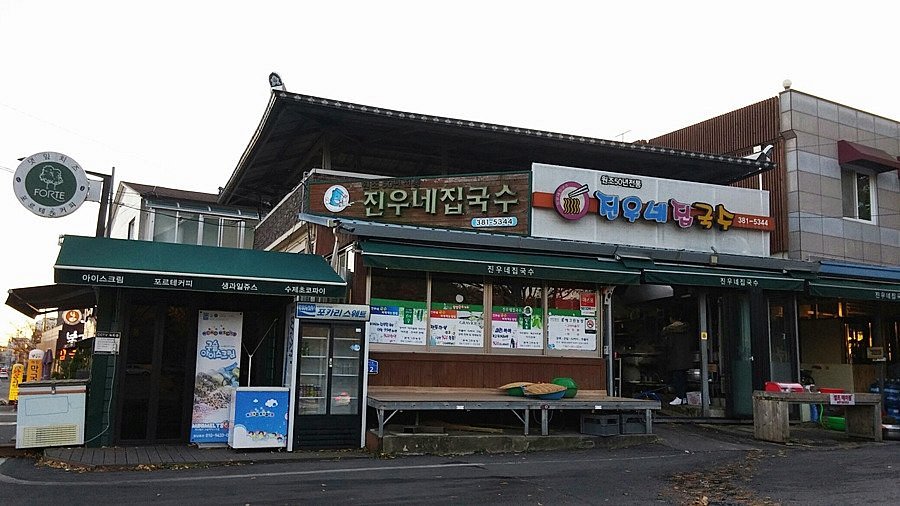
Eat Mouthwatering Tteok Galbi
Tteok Galbi is a mouthwatering dish that was first created specifically for Korean royals and nobles. Today, it is one of the nation’s favorite dishes.
Tteok galbi is said to have originated in Damyang. It is a specialty of the South Jeolla and Gyeonggi provinces.
To create tteok galbi, beef is minced and pounded on the bone. Then, it is marinated in a sweet, salty, and savory sauce, and grilled or barbecued over charcoal. A particularly good place to sample tteok galbi in Damyang is Seungil Ribs 승일식당.
Getting to Damyang
It is easy to get to Damyang on a day trip from Seoul. You have a couple of options available to do so. You can take a direct bus from Seoul to Damyang or travel via Gwangju.
Seoul to Damyang Direct Bus
Buses depart from Seoul to Damyang four times a day. They depart the Seoul Express Bus terminal at 8.10 am, 11.10 am, 2.10 pm, and 7.10 pm. The journey takes almost four hours, and tickets cost between 20,000 and 30,000 won.
Seoul to Gwangju
An alternative way to reach Damyang is to first take the bus or train to Gwangju. From Gwangju, numerous intercity buses (301, 303, 311, and 312) run every ten minutes.
A ticket from Gwangju to Damyang costs 3700 KRW. The journey takes around 30 minutes.
Conclusion
As we draw this exploration to a close, it’s clear that the journey through varied topics, from the intricate beauty standards in South Korea to the serene landscapes of Damyang, South Korea, offers a rich tapestry of knowledge and insights. Whether delving into the world of advanced skincare treatments or embarking on an adventurous hike through Damyang’s natural splendor, each narrative thread weaves together a broader understanding of cultural nuances and natural beauty. This journey not only enriches our minds but also inspires us to explore further, to ask deeper questions, and to connect more profoundly with the world around us.
Do you find yourself curious about any specific aspect discussed, or is there a particular topic that piqued your interest? Perhaps you’re planning a visit to Damyang South Korea and are in search of personal advice on navigating South Korea’s beauty landscape. Whatever your query may be, I encourage you to share it with me. Your questions and insights not only foster a vibrant community of learners and explorers but also deepen our collective journey of discovery. I’m here to assist, to share, and to engage in meaningful dialogue. So, what’s on your mind?

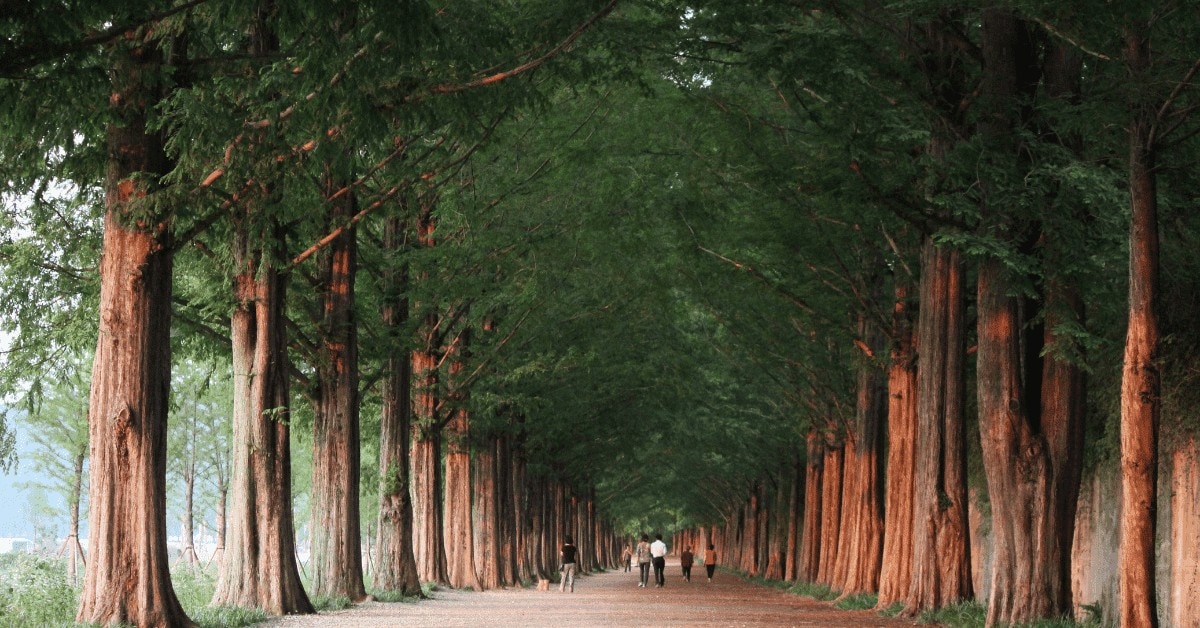


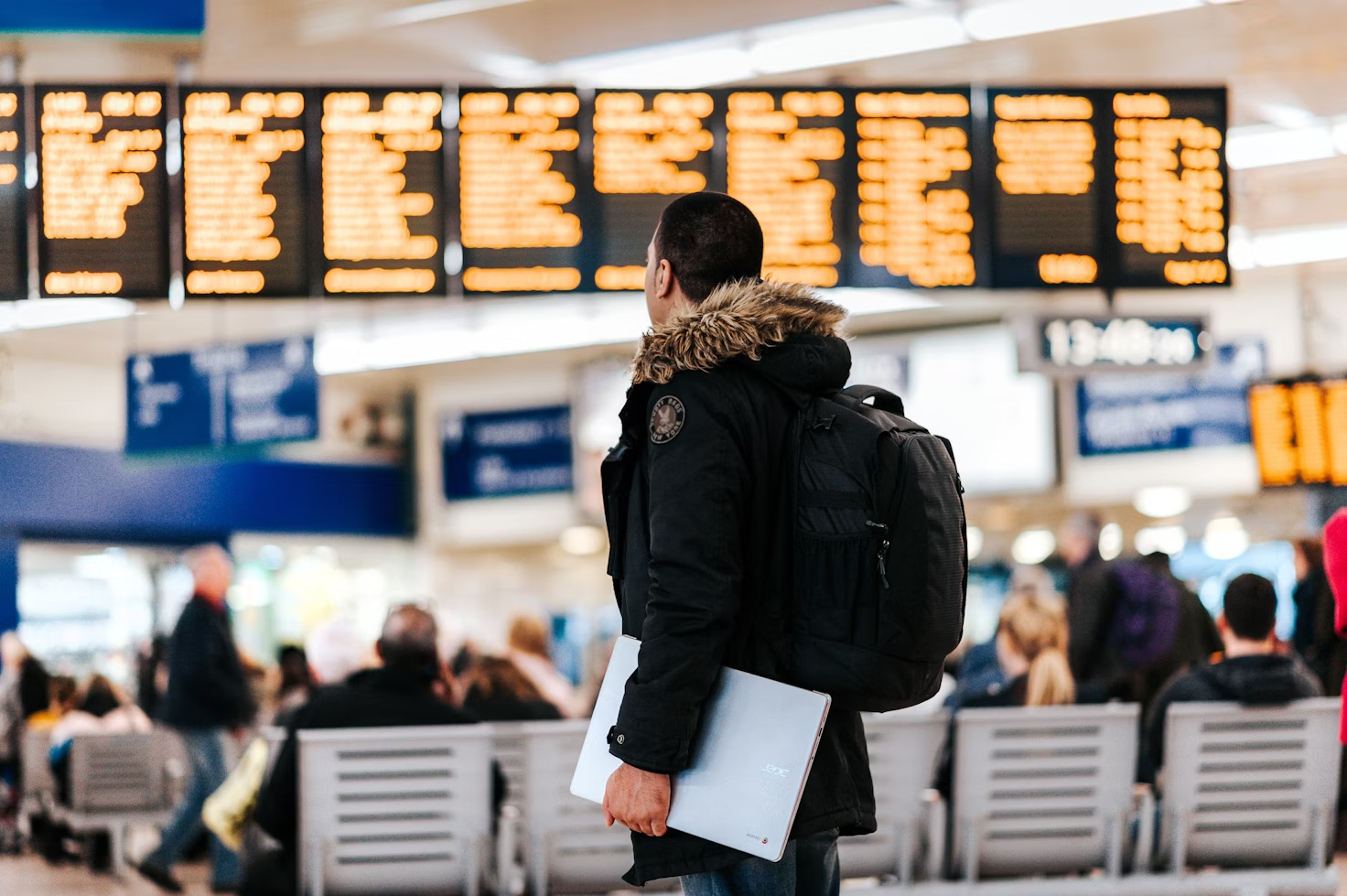

3 Responses
Lovely!! Danyang looks amazing! Missing South Korea heaps- but great post !
x Helen
I love your blog! I have my own travel dreams that are quite different from where you have been but you have really sold me on Korea! What a beautiful place. My brother lived in Japan for some time and also made it over to Korea and only has good things to share about his experience. I may have to add Korea to my list !
How to get back to Seoul from Damyang